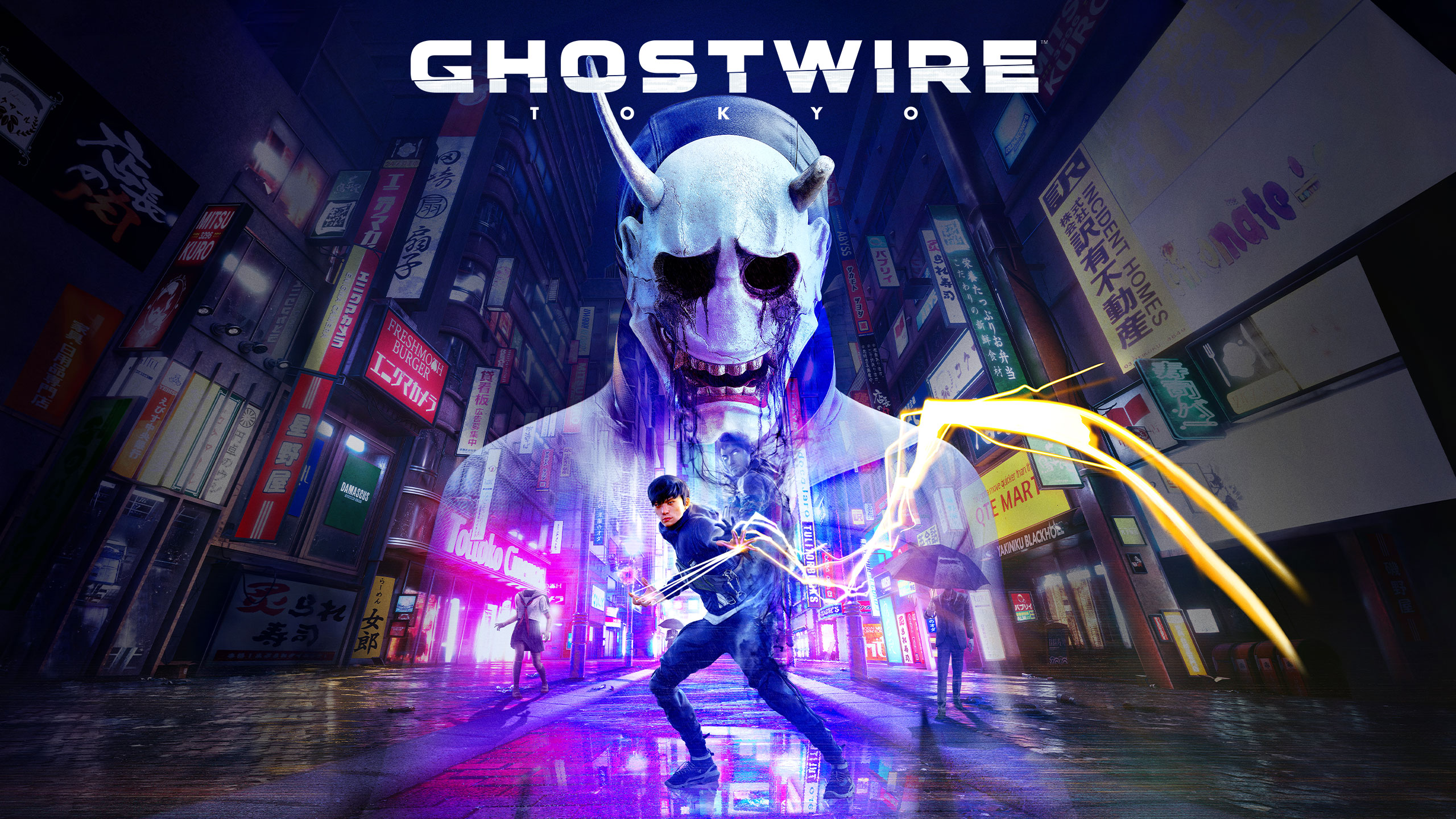
Ghostwire: Tokyo takes several conventional action-adventure concepts and mixes them up in a unique setting and premise. It would be easy to dismiss it as another open-world action game stuffed with filler, but the boys at Tango Gameworks poured a lot of care and effort into making the gameplay focused.
A lot of what makes Ghostwire: Tokyo unique is its style and emphasis on Shinto mysticism and paranormal urban legends/folklore. A majority of the weapons are spiritual and players will rely mostly on charms, prayers and really cool looking hand gestures to send the spirits back to the ethereal plane.
Spiritual weapons against spiritual entities is a unique premise for a open-ended survival-horror game. Japan has rich lore in its folklore and legends, steeping the player in Japanese culture, compounded with eye-searing visuals. How did Tango Gameworks pull it off? Find out in our Ghostwire: Tokyo review!
This is a review coupled with a supplemental video review. You can watch the video review or read the full review of the game below.
Ghostwire: Tokyo
Developer: Tango Gameworks
Publisher: Bethesda Softworks
Platforms: Windows PC, PlayStation 5 (reviewed)
Release Date: March 22, 2022
Players: 1
Price: $59.99 USD

A lot of urban legends and folklore myths in Japan are spiritual and are tied to the Shinto belief that spirits can be in anything. Even emotions can be spirits and can manifest itself as an entity. These entities are often physical expressions of negative feelings or emotions; usually based on the collective unconscious.
Many Japanese urban myths are based on this principal of negative emotions spurred from the collective unconscious. Ghostwire: Tokyo‘s entire premise revolves around this phenomena and presents its ethereal threats in the form of the “visitors”.
All the enemies are physical manifestations of anxiety, the collective consciousness of citizens of Tokyo, and many of them are very real. The overworked and drone like salaryman, the paper doll-like receptionist who fakes a smile, the frustrated youth with no future and more are abstracted into physical form.
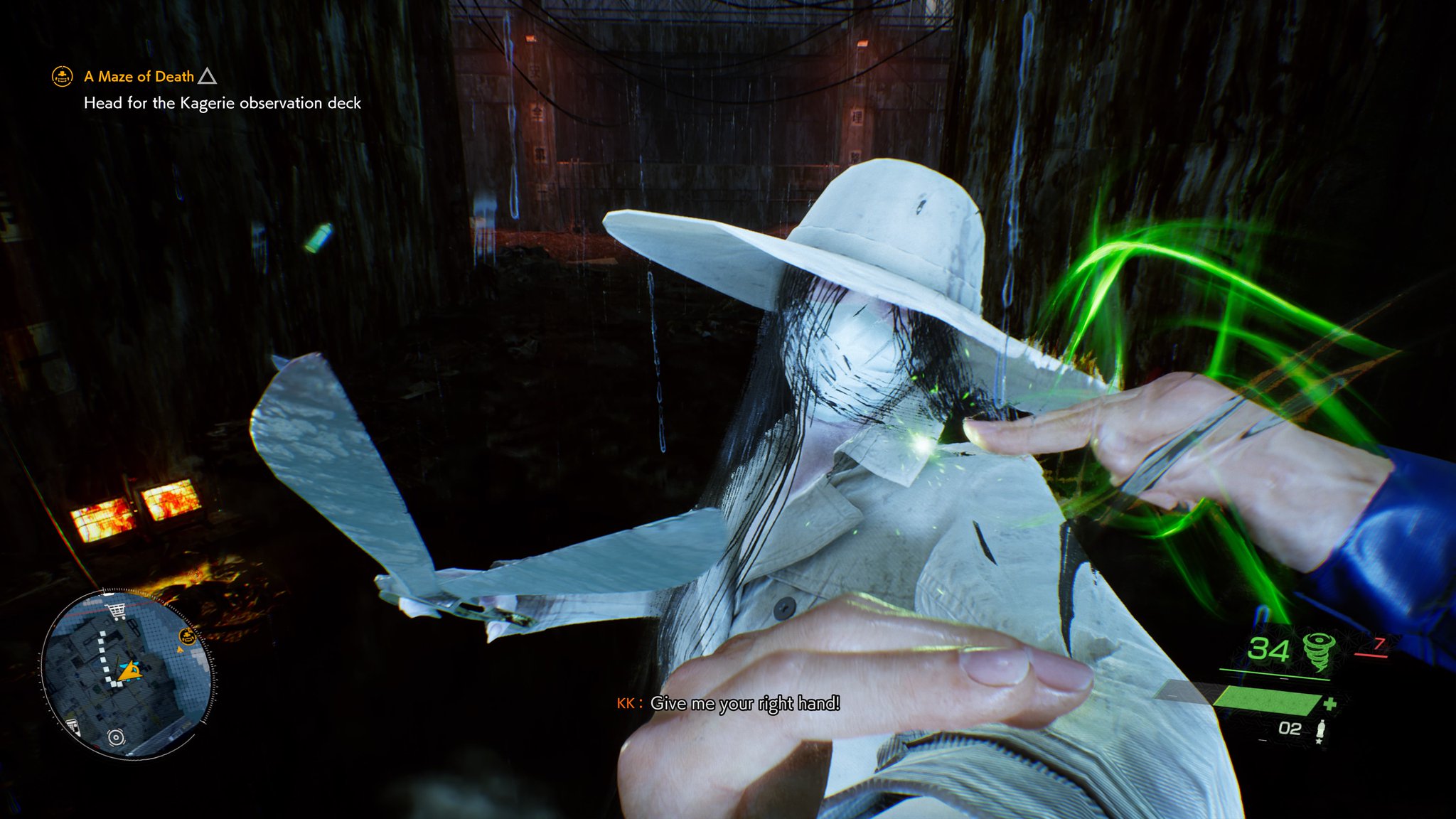
As if going up against the living embodiments of a nation’s depressing urban culture wasn’t bad enough, every living soul was stripped of their material form. All over the city are the clothes of people that once were and their spirits floating, waiting to be collected and sent to the other side. Who you’re gona call? KK, the spirit detective.
At least, you would if he had a body of his own. Turns out, KK needs the help of Tokyo’s everyday nobody. Akito is an average joe… except for the fact he is susceptible to the spirit plane. This makes him an excellent vessel for KK’s abilities and also a good “fish-out-of-water” protagonist. He will ask questions players would and characters will organically explain plot details to him.
It is up to KK and Akito in an unlikely good-cop and bad-cop alliance to unravel the mysterious terror attack unleashed by a enigmatic figure in a nose-less Hannya mask. Along the way, the duo will find themselves getting caught up in the affairs of stray souls, wayward yokai and maybe feed the dogs while also trying to save the soul of Akito’s sister.
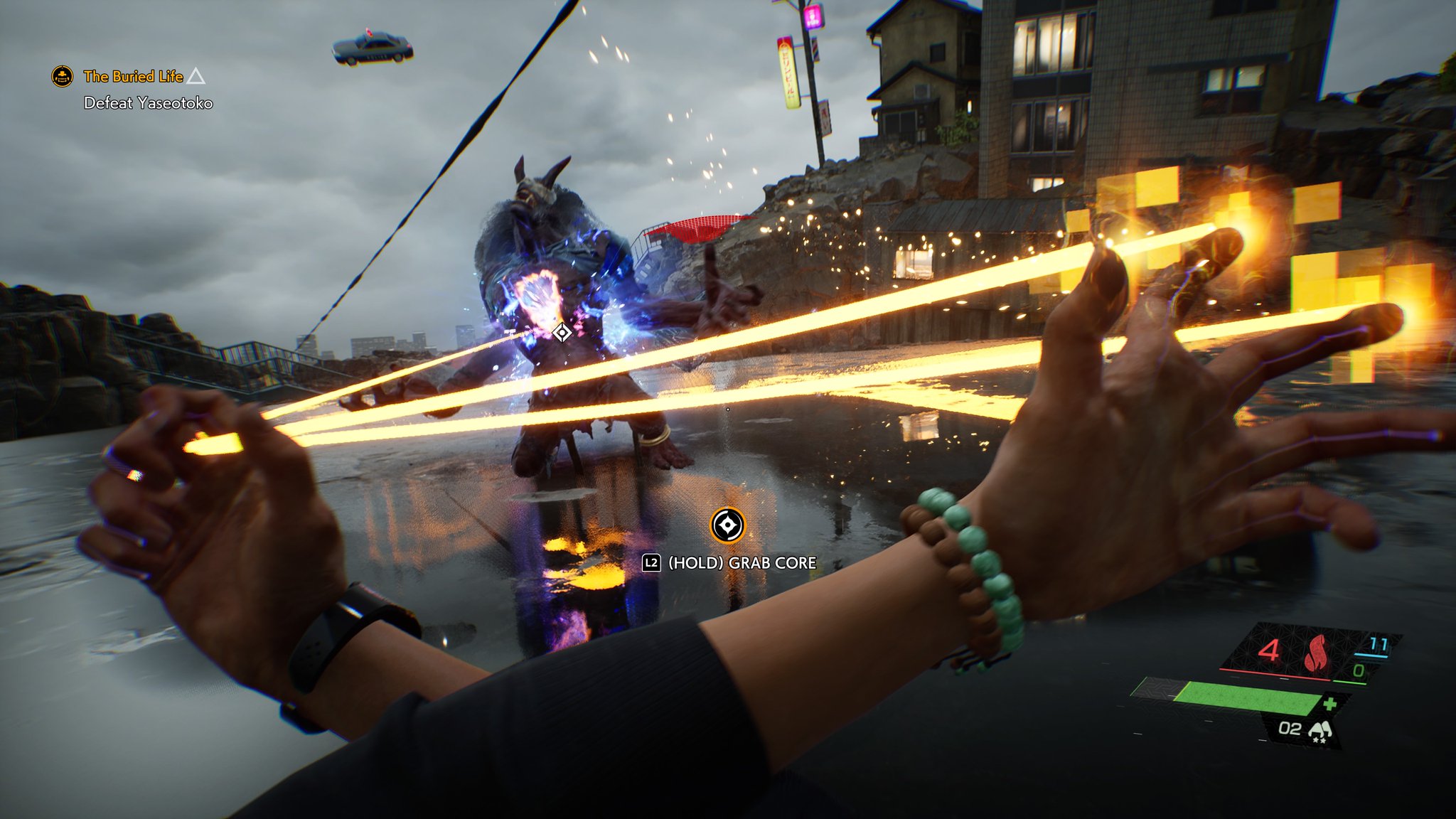
When the game begins, much of the story has already transpired. Akito is like a child wandering into the middle of a movie and has to piece together much of who the characters are by reading into context clues. This makes the plot unobtrusive to the immersive gameplay and allows players to envelope themselves into what is happening.
Tokyo starts out with a very small amount of space to explore. Akito will have to progress by sealing Torii gates in order to expand the open-world map of the city. This prevents the game from losing focus early on and keeps the player on task with only a scant amount of side activities to do at any given moment.
This approach to open-world design is a very graceful solution to the tendency of sandbox games to overwhelm the player with extraneous activities. Having portions of the city gradually open also forces gamers to become more familiar with landmarks and Tokyo’s infrastructure.
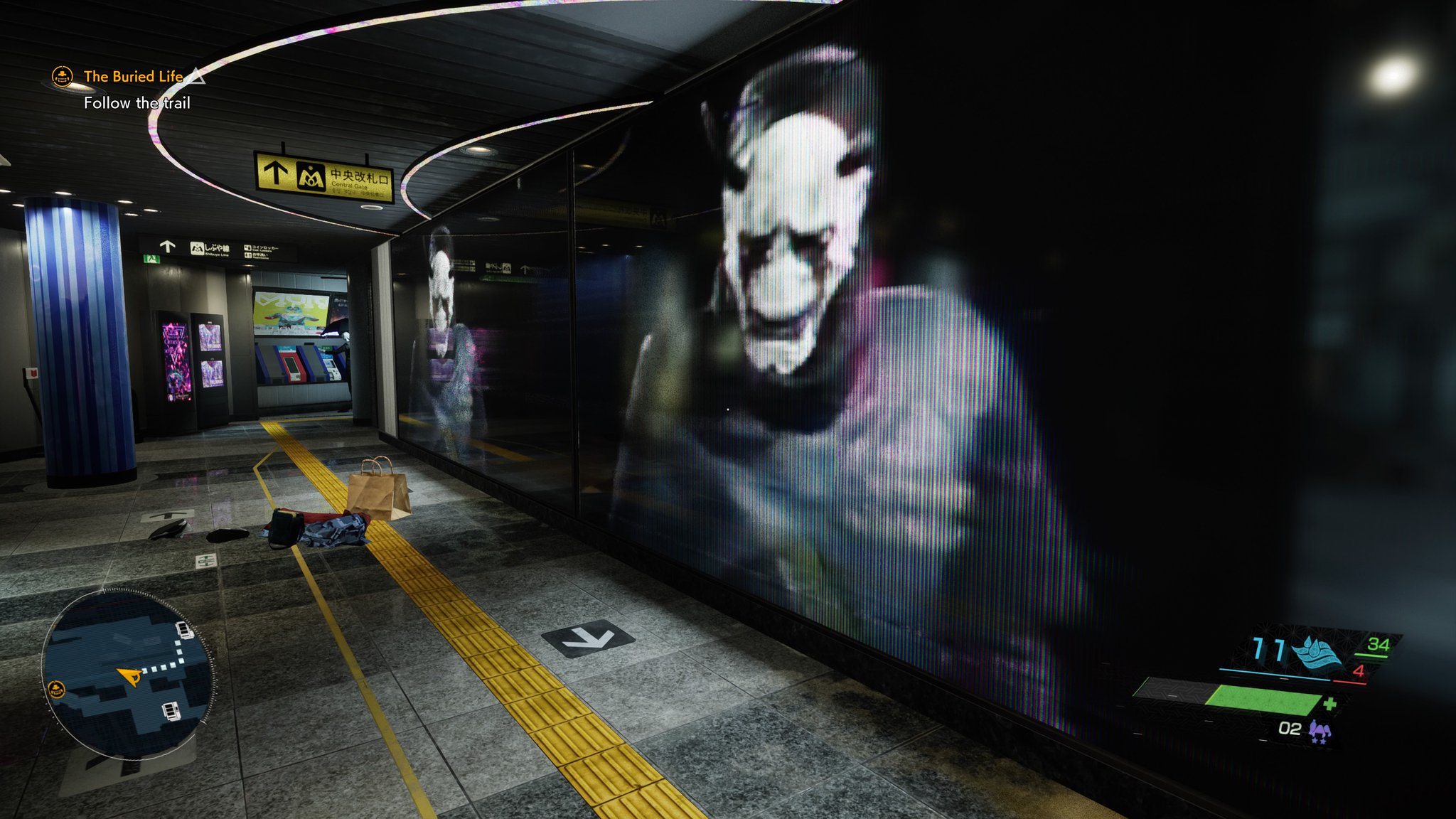
While urban exploring, expect to have some run-ins with visitors. Combat in Ghostwire: Tokyo is intentionally weighty. Akito is no Flynn Taggart; he won’t be dashing or glory-killing these phantoms with his spirit-gun. Fighting is more akin to how encounters play out in Resident Evil: Village; back-up-against-the-wall style combat.
Enemies take their time when committing their assault and telegraph their attacks with a lengthy wind-up animation to give players a chance to run or parry/block. Despite being slow, the visitors hit hard and can take many hits to compensate for being broad targets.
Some visitors are more aggressive than others and have almost no hit-stun. There are ones that fly with ranged attacks that can be reflected back. When their core is exposed, Akito can perform a finisher that can net some health and ammo back which is as satisfying as catching a bully’s fist, uncurling it and taking a $20 bill from the grubby fingers.
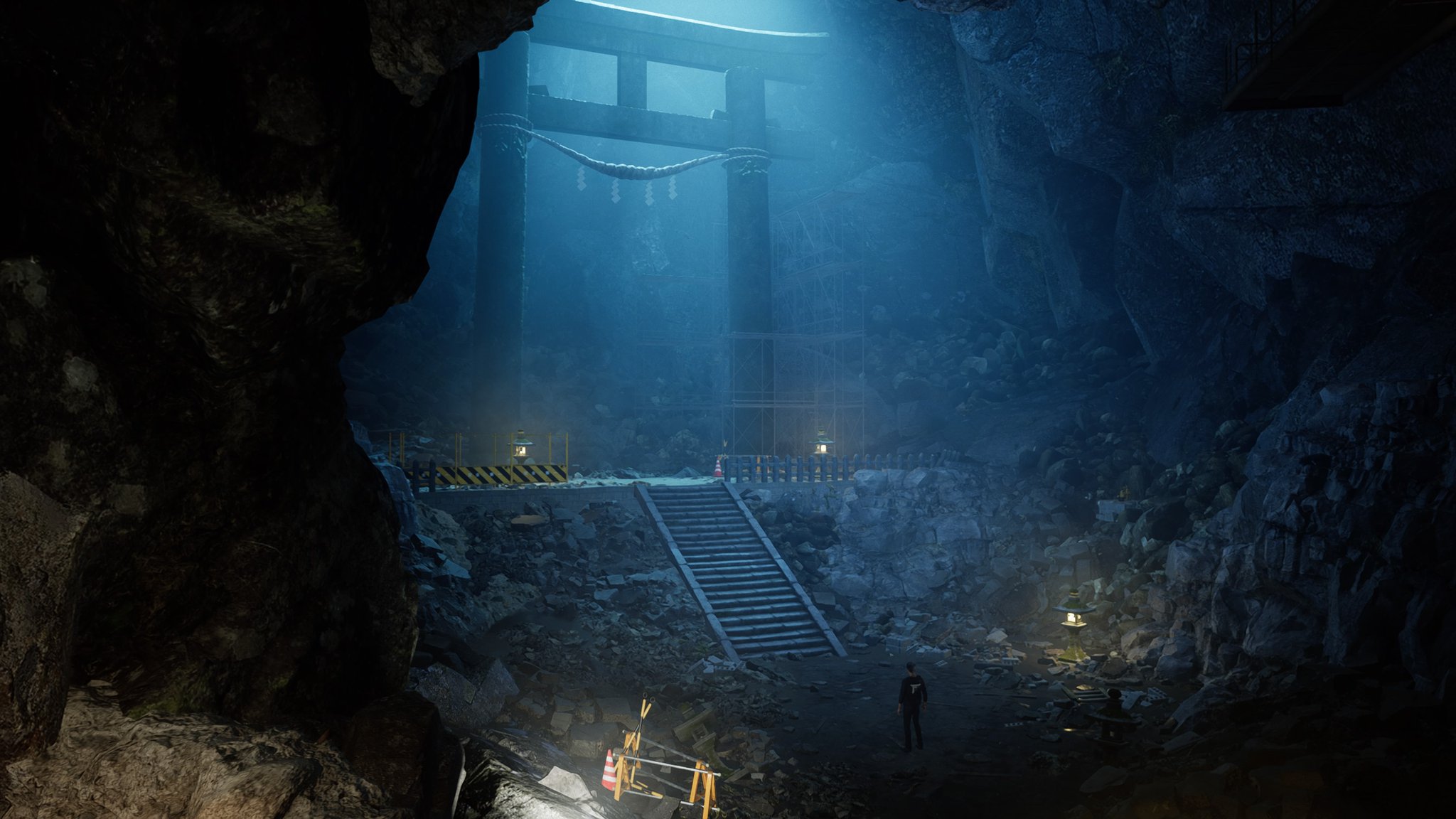
Akito gets several skill trees and many of the upgrades have an arbitrary wall that requires a magatama. These are acquired from partaking in optional but ultimately necessary side activities that involve yokai.
These elusive mythological creatures will have an amusing side story attached to them; not unlike the side stories experienced in the many Yakuza games. Sometimes these will lead Akito and KK to an interior location and even then- the level of attention to detail in the environment is very high.
Ghostwire: Tokyo is an impressive visual sight to behold. The scope of Tokyo is massive and surprisingly vertical. Early on, the setting seems claustrophobic and feels like it is set in a world of alleyways. Gradually, opportunities will allow Akito to gain higher ground and before you know it, there’s a huge vista of the entire city at the top of a skyscraper.
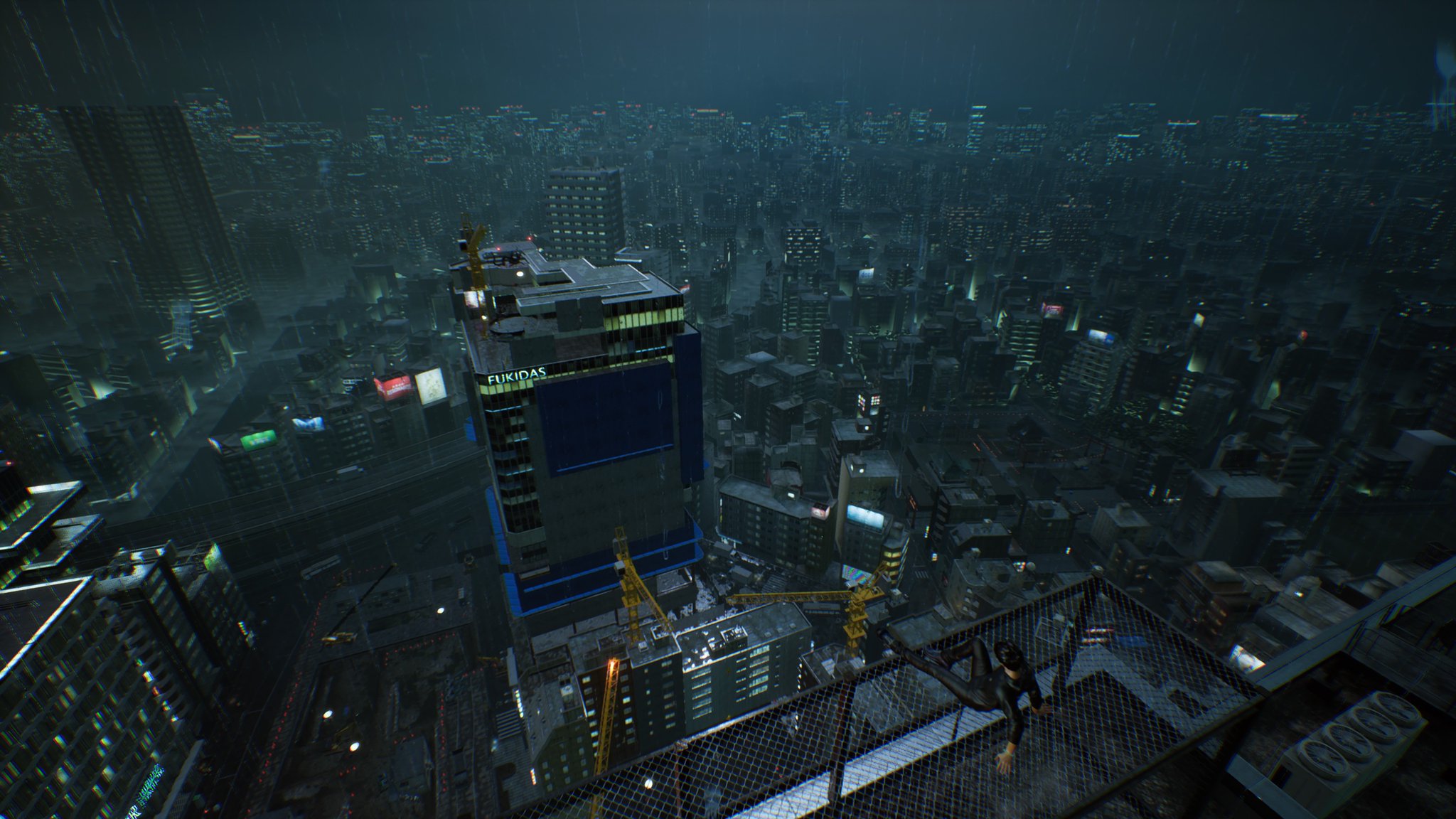
Ghostwire: Tokyo is dense with moments of discovery. The uncannily derelict Tokyo makes for a wonderful playground to get lost in. It seems like there is always something of note around every corner. Whether it is a piece of lore, some lost souls who need sending or a couple of visitors who are in the mood for a brawl.
While assessing this Ghostwire: Tokyo review, there were no bugs or glitches that distracted or brought the experience to a halt. The only technical drawbacks are a very minor stutter that occurred when traversing upwards in the stratosphere above the city.
Aside from this minor hiccup, Ghostwire: Tokyo runs a steady 60 frames per second on PlayStation 5. It has a very far draw distance with almost no noticeable instances LOD pop-in. Load times are nigh nonexistant when booting up and when fast traveling. Overall, Ghostwire: Tokyo is an extremely polished and slick looking game.
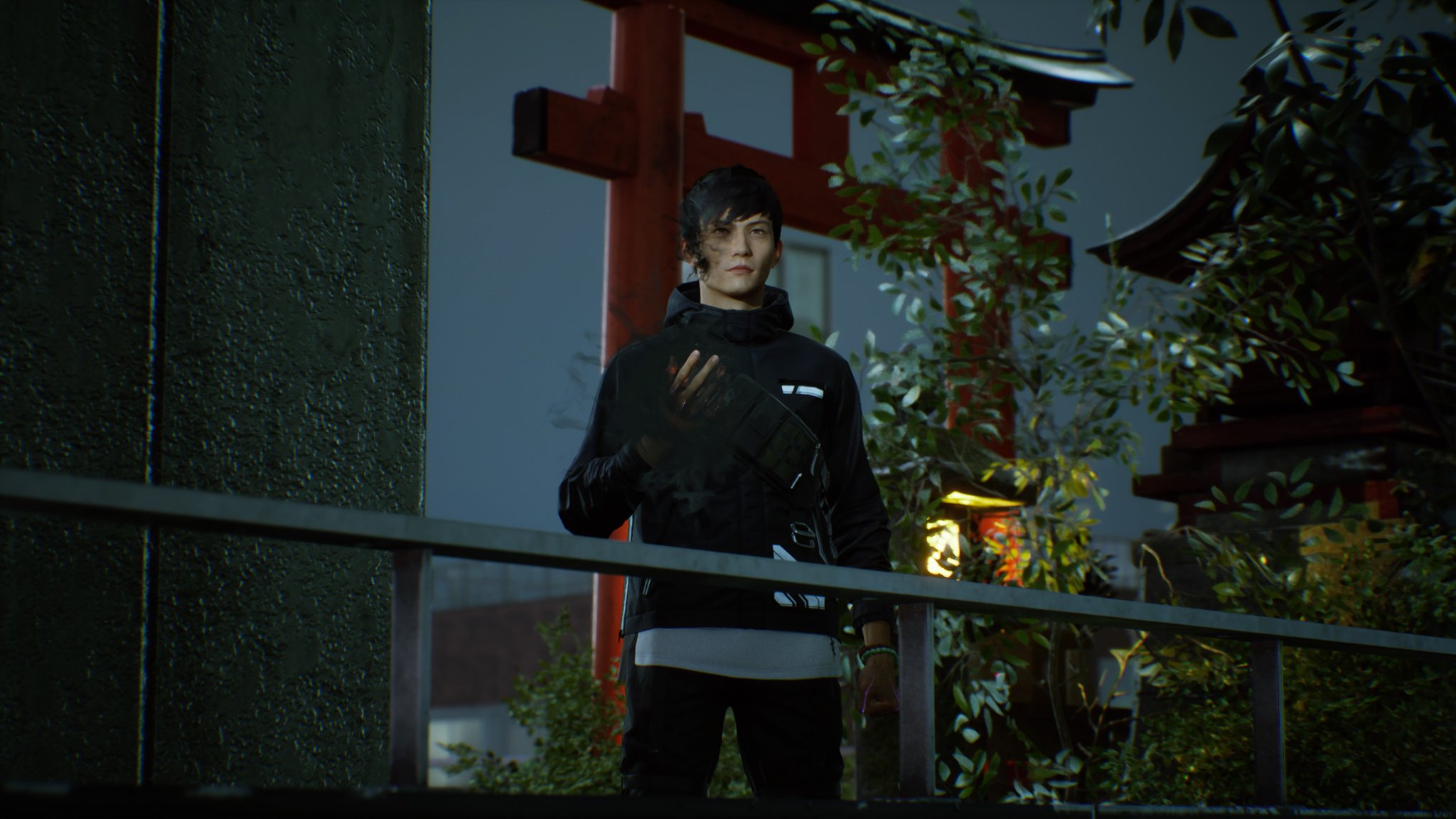
The only real flaw in Ghostwire: Tokyo‘s offering is that is succumbs to the messy map screen that plagues all open-world games. The map becomes an indecipherable mess of icons and logos as players progress. Sadly, even though the arcades in Tokyo are still running and operating, Akito can’t take a break to enjoy them either.
Ghostwire: Tokyo is the best game that Tango Gameworks have made. The Evil Within games may have their fans, but they were decidedly generic with its depiction of horror. With Ghostwire: Tokyo, the developers chose to focus on the paranormal and spiritual. It may not be jump-scare horror, but instead leans in heavily on the uncanny.
Part X Files and part Yu Yu Hakusho, Ghostwire: Tokyo offers a completely fresh take on the sandbox RPG formula. It has action when it needs to and it never inundates the player with constant noise or obnoxious tasks to fool them into thinking that they are engaged.
Ghostwire: Tokyo was reviewed on PlayStation 5 using a copy provided by Bethesda Softworks. You can find additional information about Niche Gamer’s review/ethics policy here. Ghostwire: Tokyo is now available for Windows PC (via Steam), and PlayStation 5.